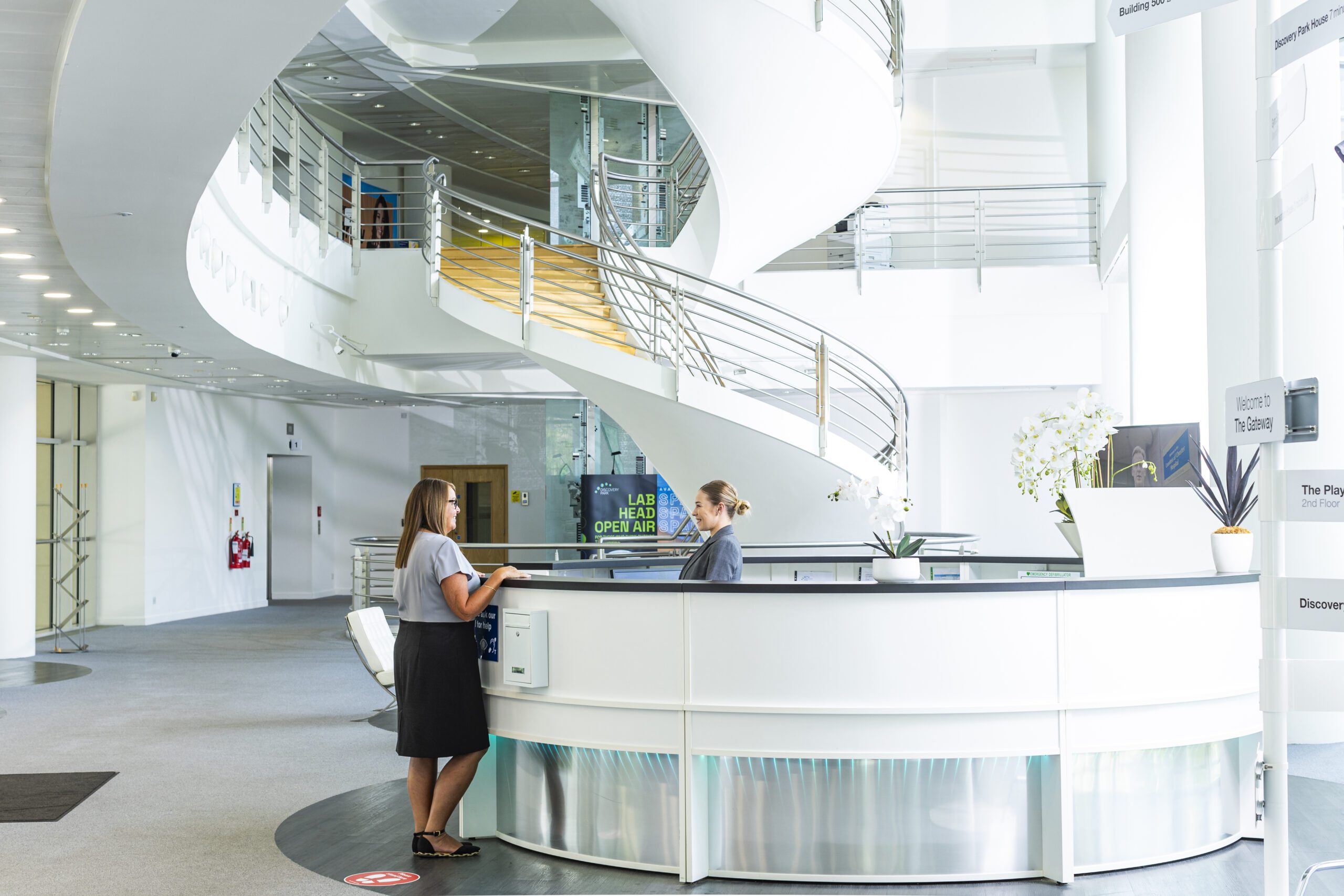This Saturday ( 11 February) marks International Day of Women and Girls in Science, and according to Antonio Guterres, Secretary-General of the United Nations, which is holding an Assembly to mark the occasion, “We can all do our part to unleash our world’s enormous untapped talent – starting with filling classrooms, laboratories and boardrooms with women scientists.”
As someone who has worked in this sector for more than 20 years, I’ve seen some progress towards levelling up opportunities, but in many ways the obstacles are as significant as ever, with entrenched prejudices still preventing women in science from pursuing their full potential.
We know that female-led start-ups still receive just 1% of venture capital investment and that they may face the sort of probing about family circumstances and childcare commitments, to which men would never be subjected. No matter how strong the proposal, women continue to be judged by a different set of values.
Of course it is not all negative – when I first began attending conferences for senior science park executives I would be one of only a handful of women in the room. That’s no longer the case, but when I go to events aimed at promoting the role of women in science there’s still hardly a man to be seen.
Change won’t happen if we are only preaching to the converted; it will take a significant shift in entrenched attitudes before real progress can be made. And we do need change, not just for the sake of women themselves, but because by continuing to keep women out of senior roles in laboratories and the boardroom, life sciences is deprived of almost half of its talent and potential.
The challenges start early, with a failure to attract girls to study STEM subjects. There’s not enough knowledge out there about career paths, and parents and teachers remain unaware about the options that exist.
But that’s just the first obstacle. Encouraging women in science-based careers not to quit is also difficult, especially once they recognise that there is an 8.3% pay gap; that the route to the top is littered with obstacles and that combining work with childcare can be expensive and difficult. A recent ‘Careers After Babies’ report, produced by That Works For Me revealed that only 24% of the women they surveyed had returned to work full time after having children and, of that number, 57% had subsequently left within two years. Meanwhile, their male colleagues whose careers remain uninterrupted, progress up the ladder towards the boardroom and those women who do remain are presumed to have less commitment because they have families, whereas in my experience they have a determination to prove themselves as well as excellent project-management skills. They know how to make every second count.
At Discovery Park we have joined up with schools in Kent to run Community Labs aimed at showing young people and girls in particular that science can be interesting and that it has important applications in everyday life, and we are also supporting Discovery Planet, an initiative set up by three female scientists in Ramsgate whose schools workshops are opened up to everyone at weekends, so that children, their parents and even their grandparents can have fun participating in scientific activities.
Meanwhile Discovery Park Ventures, which was established last year, has made a clear commitment to funding female-led ventures, including biotheraputics company BoobyBiome and Vitarka Therapeutics, which is delivering combination medicines using RNAi technologies for late-stage cancer patients.
Women aren’t just users and consumers of science, they also have the potential to be innovative creators and developers, effective leaders and powerful role models and on International Day of Women and Girls in Science it is worth asking ourselves why they still have to fight so hard just to get a seat at the table?





